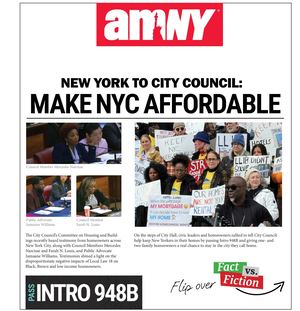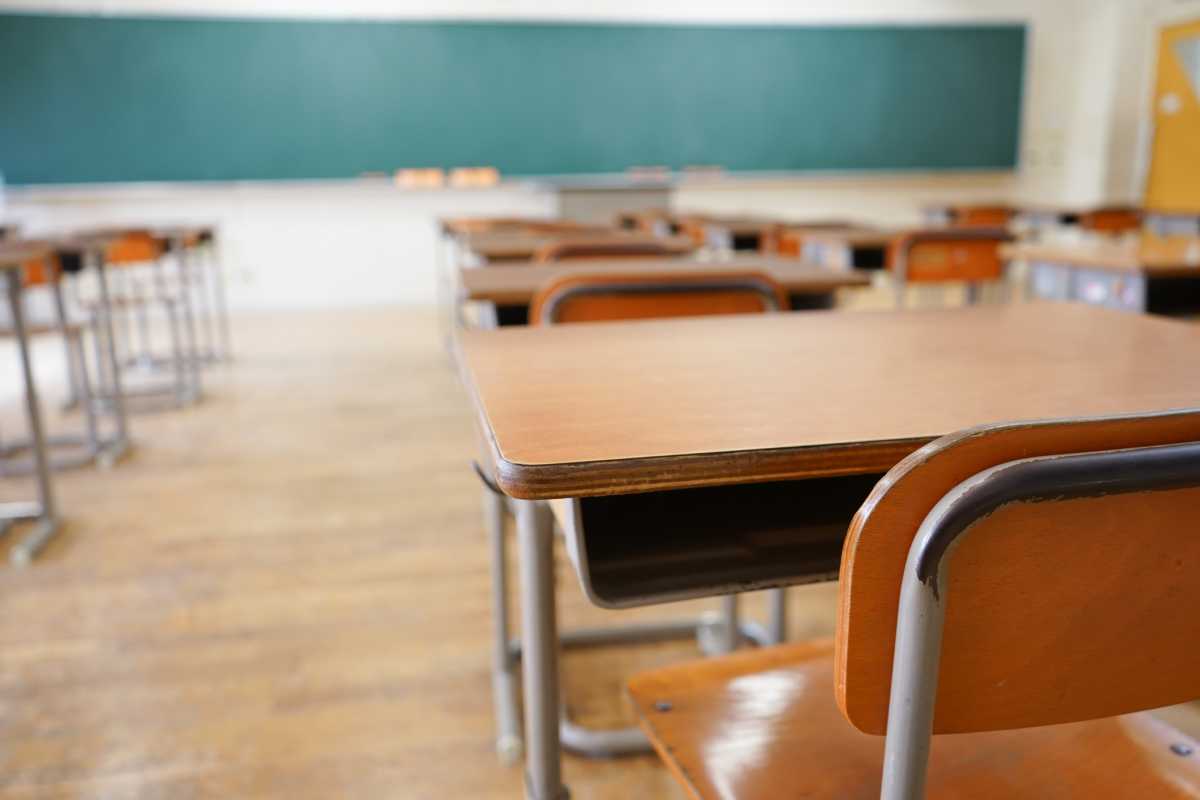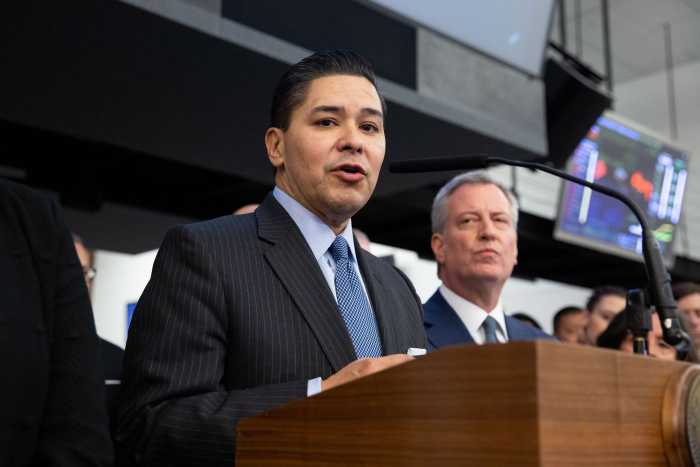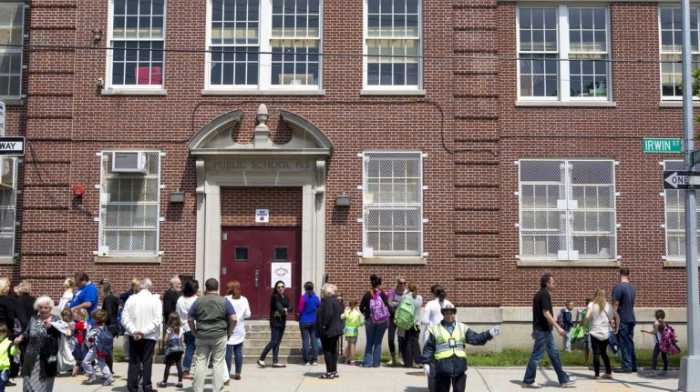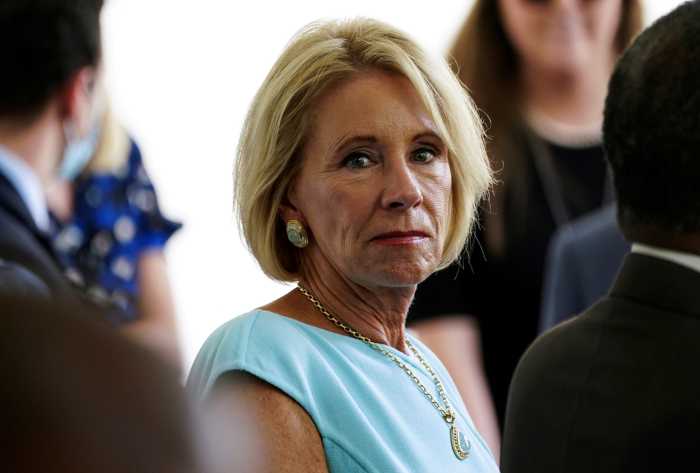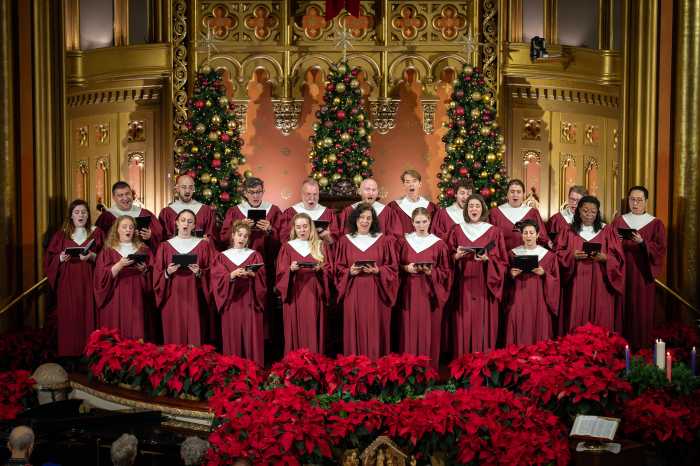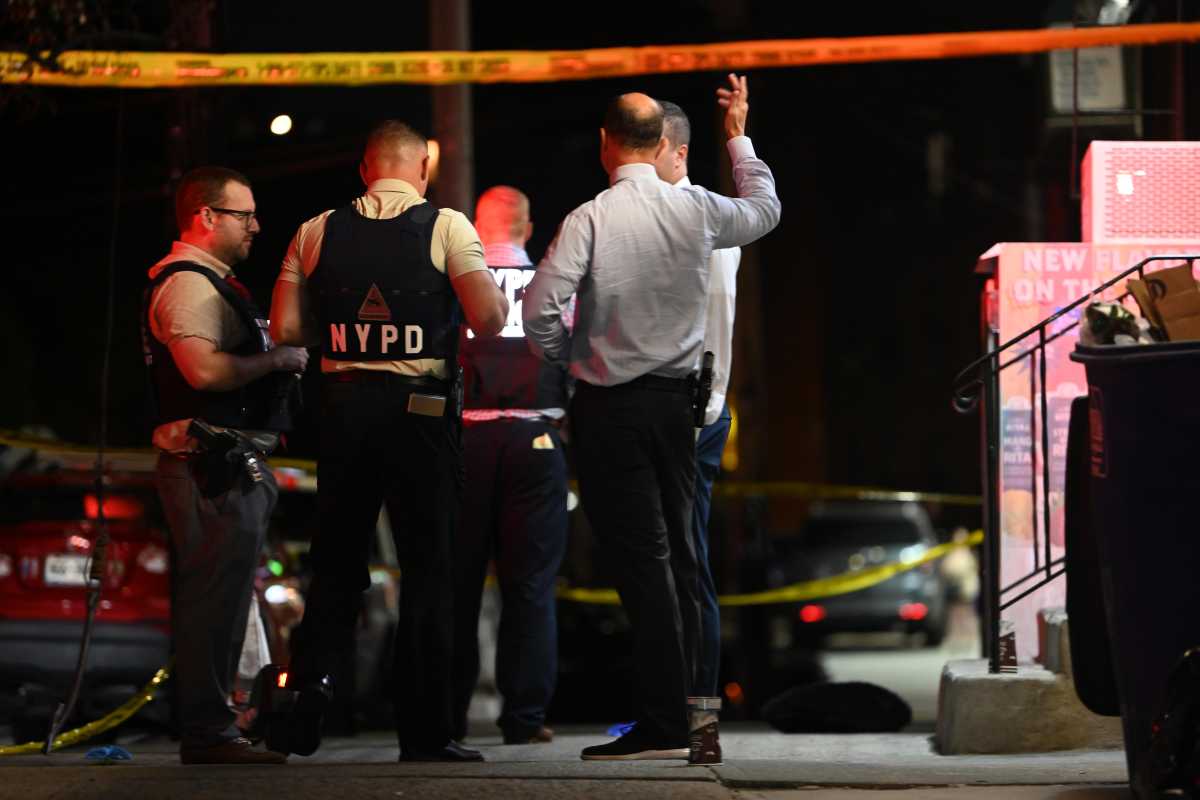Education advocates are calling on the City to use $7 billion in federal education COVID-19 recovery funds towards a school recovery plan that includes investing more bilingual staff, shelter-based staff, social-emotional support and outreach to families.
The call comes shortly after the Department of Education released attendance data for January 2021 which proves what many in school communities assumed last year, the pandemic is taking a disproportionally high toll on students in marginalized groups especially those living in the shelter system.
In January, public school students living in shelters had an attendance rate roughly 14% lower than the rate for students with permanent housing at 75.7% with the department reporting an even lower attendance rate specifically among high schoolers living in shelters, according to a policy brief from Advocate for Children of New York.
According to the brief, students in the 9th, 10th and 12th grades and living in shelters had an attendance rate of just 64% to 67% that month which translates to missing more than one out of every three school days. In addition, English Language Learners living in shelters and students with disabilities engaged less than their non-disabled and native English-speaking peers.
Advocates determine ELL students and those with disabilities in the 10th grade–about 30,000 teens in total–missed roughly one out of every four school days in January. That drop represents a decrease in about 10 percentage points in attendance rate for ELL students in the 10th grade during 2018-19 school year.
